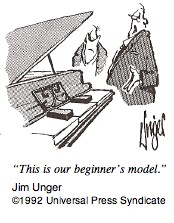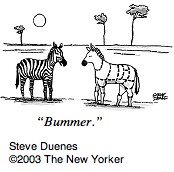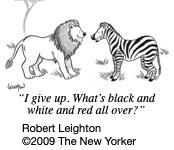How Did We Get Here?
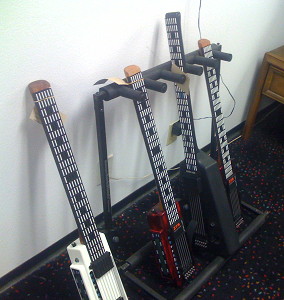
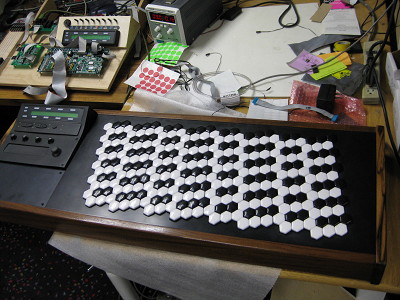
Harvey Starr builds custom MIDI controllers. Above left are some of the more conventional-looking models; to the right, something a little more inscrutable. At least the left-hand ones are sort of identifiable as guitar-like instruments. Andrew Duncan met Harvey and they collaborated on an instrument that was meant to be played with two hands.
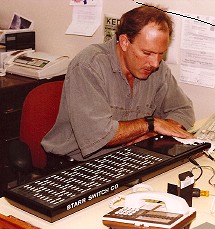
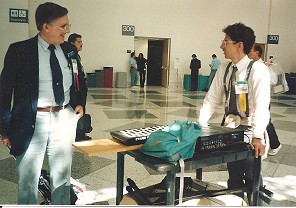
In 1992, Andrew and Harvey (left) developed the first Z-Board. That year, Andrew (far right) introduced it to the world at the Audio Engineering Society’s 93rd Convention in San Francisco. (Here is the preprint.)
Their goal was to let guitarists and other string players play notes with both hands, removing the constraints of physical strings.
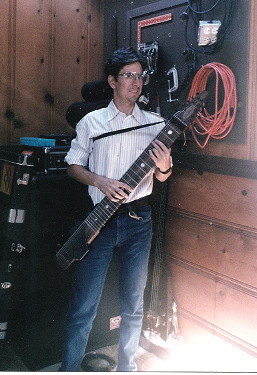
There were precedents for this. Stanley Jordan and Eddie Van Halen were using the technique of hammer-ons with both hands, playing conventional string instruments in an unconventional way. Emmett Chapman developed an instrument called the Stick, meant to be played this way. In 1985 Andrew bought a Stick, and started exploring two-handed string playing.
The Stick is tuned in fourths for the right hand and fifths for the left, and is meant to be played standing, as shown in the photo at right. However, Andrew had his Stick customized to be tuned in fourths for both hands and built a stand so he could play it in front of him like a piano. He wondered if it were possible to dispense with the strings and frets and use piano-like keys instead. When he met Harvey, the light bulb lit up.
For a decade and more, Harvey worked on improving the hardware and software, and Andrew tackled the musical literature — Beethoven sonatas and Bach fugues — that had been out of reach on conventional string instruments.
Evolution
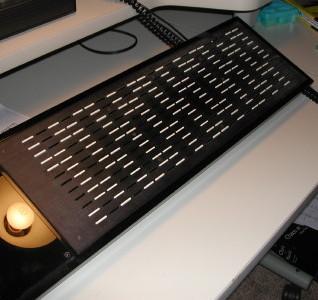
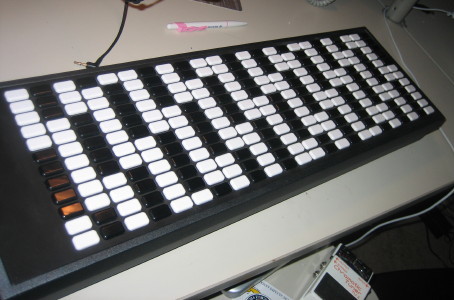
The first Z-Board is shown at upper left. It had twelve rows (“strings”) and twenty-three columns (“frets”) of keys. This placed middle-C in the middle column and the sixth row (from the bottom). It had a range of six octaves plus a fourth, or 77 keys on a piano, and was tuned uniformly in fourths. The keys were the same ones as used in Harvey’s guitar controllers.
In 2007 the next generation of “grand piano” Z-Boards arrived. The main external improvement was the larger keys. Internally the instrument had the ability to separate the fingerboard into different zones, so the right and left hands could play different ranges or instruments.
But the full-on, full-force, full-range Z-Board might seem just too, well, full for the beginner to immediately grasp. It’s like a large swimming pool: sink or swim, unless you hang on to the edge.
Now, let’s follow that edge metaphor. The first question that a string player has to answer is “where do I put my finger?” Keyboard players have the black-and-white pattern to help orient, both visually and with touch. The Z-Board brings those cues to the string player. It also preserves the “edges” — the boundary conditions — that are familiar to string players.
Here is an example. A rhythm guitar player knows that to grab a quick A minor chord, find the note A on the high E string and go inwards three strings in a straight line:

So it is easier for a string player to relate to a MIDI controller that looks more like the instrument to which he or she is accustomed. The same minor chord, and its major neighbors, look like this on a guitar-tuned ZB-6:
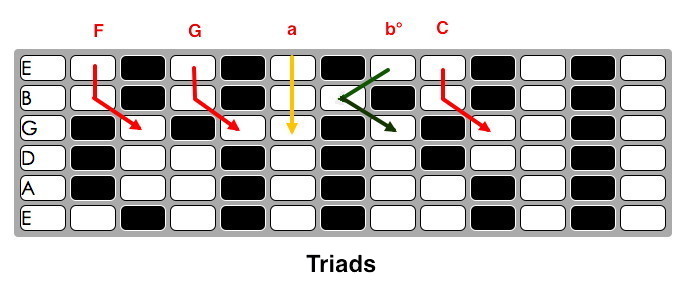
This led us to the latest version of our instrument, the ZB-6.

(Low-C fourths tuning shown.)
This instrument is easier to carry, explain, and mentally map to fingering patterns you already know. It will fit comfortably in an airplane’s overhead compartment. You can attach a belt-hook and play it standing up, like a Stick. Because of its more limited range, it comes with octave-shift keys. It is a highly convenient tool for string players to “type” music into a computer.
